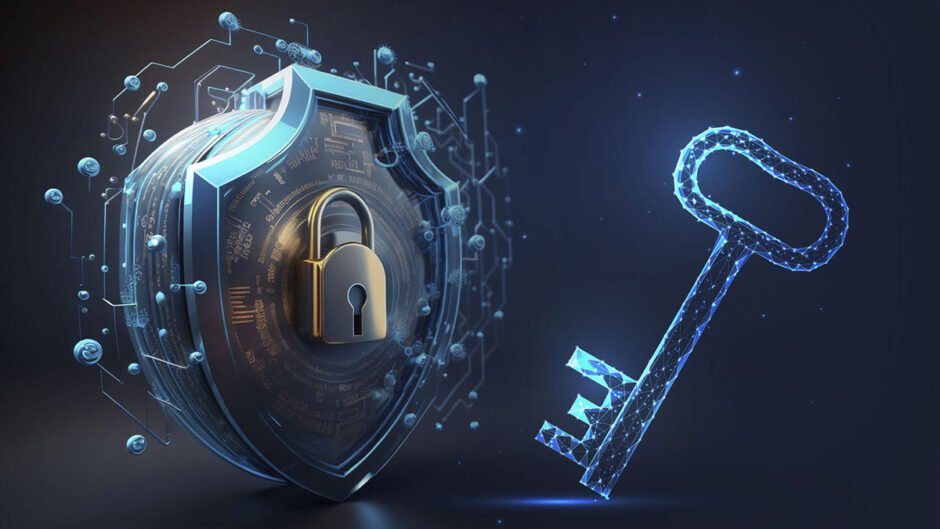Think of Debt Like Being Stuck in Quick Sand
Debt can feel a lot like quick sand. The more you struggle without a plan, the deeper you sink. But the good news is that there are real ways to climb out if you stay calm and take it one step at a time. Most people carry some form of debt, but if you are drowning in it, the key is to act quickly and build a strategy. One helpful tool that many people turn to is credit card debt relief. It can provide some breathing room, but it is only part of a bigger picture. Here is how you can take control and start moving toward financial freedom.
Face the Numbers Head On
The first step may feel scary, but it is absolutely necessary. Sit down and make a list of every debt you owe. Include credit cards, personal loans, medical bills, car loans, student loans, and any other obligations. Write down the total amount owed, interest rates, and minimum monthly payments for each one. Seeing the full picture in black and white can be overwhelming at first, but it gives you a starting point for your repayment plan.
Create a Realistic Budget
Now that you know exactly how much you owe, you need to figure out what you can realistically afford to pay each month. Write down your income from all sources and subtract your essential living expenses like housing, utilities, groceries, transportation, and insurance. The amount left over is what you have available to put toward debt. If the number is small, look for areas to cut back, even temporarily. Every extra dollar helps.
Prioritize High Interest Debts
Not all debts are created equal. Credit cards usually have the highest interest rates, which means they cost you more over time. Focus on paying off these debts first while making minimum payments on the rest. This method, called the avalanche method, saves you the most money on interest. If you find it more motivating to get quick wins, you can also use the snowball method by paying off the smallest balances first. Either approach is better than making random payments without a plan.
Explore Credit Card Debt Relief Options
If credit card balances are your biggest struggle, credit card debt relief programs might be worth exploring. These programs can help you consolidate your debt, negotiate lower interest rates, or create more manageable monthly payments. Some people use balance transfer credit cards with low or zero percent introductory rates, while others take out personal loans to consolidate multiple credit card balances into one fixed monthly payment. Be cautious and research your options carefully. Make sure you understand the terms and fees involved before committing to any program.
Stop Adding to Your Debt
This may seem obvious, but it is one of the most important steps. While you are working on paying off your existing debts, stop using credit cards or taking on new loans unless it is absolutely necessary. Every new charge just makes it harder to dig your way out. Leave your credit cards at home if you are tempted to use them. Use cash or a debit card for daily expenses to avoid creating more debt.
Negotiate With Creditors
Sometimes, simply calling your creditors can make a big difference. Many lenders are willing to work with you if you explain your situation. You might be able to negotiate lower interest rates, waive fees, or set up a more affordable payment plan. The worst they can say is no, but you may be surprised at how willing they are to help if you reach out proactively.
Consider Professional Help
If your debt feels completely unmanageable, do not hesitate to seek professional help. Nonprofit credit counseling agencies can work with you to create a debt management plan. They may be able to negotiate with your creditors on your behalf and help you stay on track with one simple monthly payment. Just be sure to work with reputable, nonprofit organizations that have your best interests in mind.
Build an Emergency Fund
While it may seem strange to save money when you are drowning in debt, having a small emergency fund is important. Unexpected expenses can pop up at any time, and without a safety net, you may end up back on your credit cards. Aim for at least $500 to $1,000 initially. Once your debt is under control, you can continue building your emergency fund to cover several months of living expenses.
Change Your Money Habits
Paying off debt is only part of the solution. To stay debt free long term, you need to build better financial habits. Create a monthly budget and stick to it. Track your spending and look for patterns that lead to overspending. Set financial goals like saving for vacations, retirement, or large purchases so you do not rely on credit cards in the future. Developing these habits will help you avoid falling back into debt once you are free.
Celebrate Small Wins Along the Way
Getting out of debt is a marathon, not a sprint. Celebrate each milestone you reach, whether it is paying off one credit card, sticking to your budget for a month, or building your first $500 emergency fund. These small victories will keep you motivated and remind you that your hard work is paying off.
Take Control of Your Financial Future
Drowning in debt is an overwhelming feeling, but it does not have to be permanent. With a clear plan, determination, and the right tools like credit card debt relief, you can climb out and take control of your finances. The sooner you start, the sooner you will be on your way to financial freedom and peace of mind.










